Tio Sage
I am a copywriter and digital marketer. @ Adekunle Ajasin University
Lagos, Nigeria
Silent Desires

<p><br></p><p><br></p><p>Nina had always been told to be a “good girl.” From childhood, whispers about her body came laced with shame, and questions about desire were met with silence or scorn. By the time she reached adulthood, sex felt more like a performance than a connection—something to be endured, not explored.</p><p><br></p><p>In her early twenties, she fell in love. Or, at least, she thought she did. He was kind, charming, and respectful, but their intimacy was shallow. She didn’t know how to ask for what she wanted—because she didn’t know what she wanted. She had been taught that her pleasure was secondary, if not entirely irrelevant.</p><p><br></p><p>When she tried to open up, she was met with awkwardness or defensiveness. “You’re too complicated,” one partner told her. “Why can’t you just relax?” another said, as if desire were a switch she hadn’t found the courage to flip.</p><p><br></p><p>Nina wasn’t alone. Her friends shared similar stories—unspoken pressure to be sexy but not “too sexual,” to please but not expect pleasure, to suppress pain and prioritize someone else’s pride. Some had suffered in silence through painful sex, others through years of dissatisfaction. Few had ever felt fully seen.</p><p><br></p><p>It wasn’t until she turned thirty that Nina began to unravel the myths wrapped around her sexuality. Therapy, books, and hard conversations helped. She realized that her struggle wasn’t about brokenness—it was about reclaiming a voice that had been taken from her long ago.</p><p><br></p><p>She started saying “no” when she meant it. She started saying “yes” when she truly wanted to. And most importantly, she learned that her body was hers—not for approval, not for consumption, but for joy, discovery, and respect.</p><p><br></p><p><br></p>
Other insights from Tio Sage
Referral Earning
Points-to-Coupons
Insights for you.







 111
111



































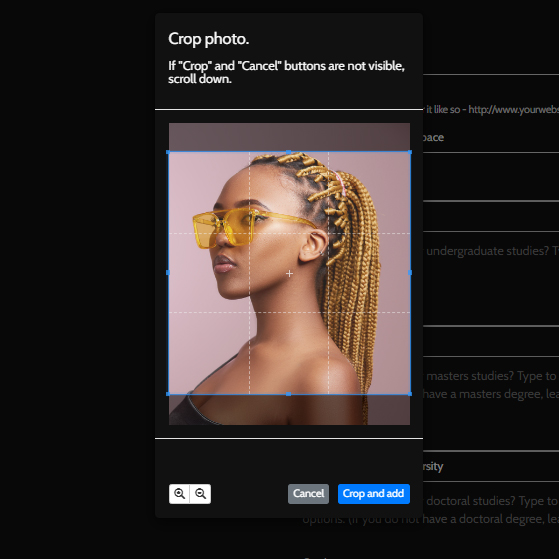
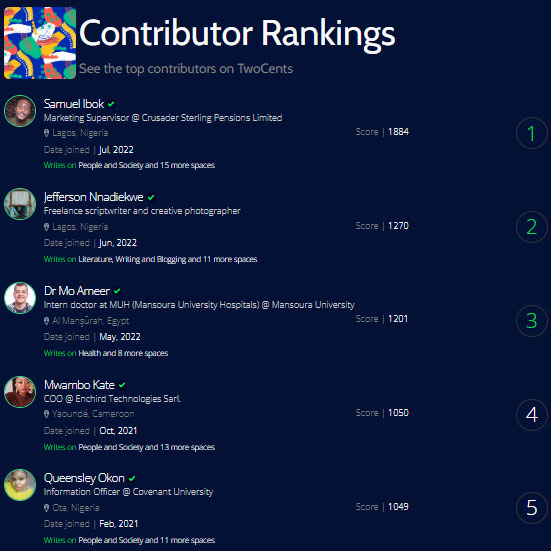

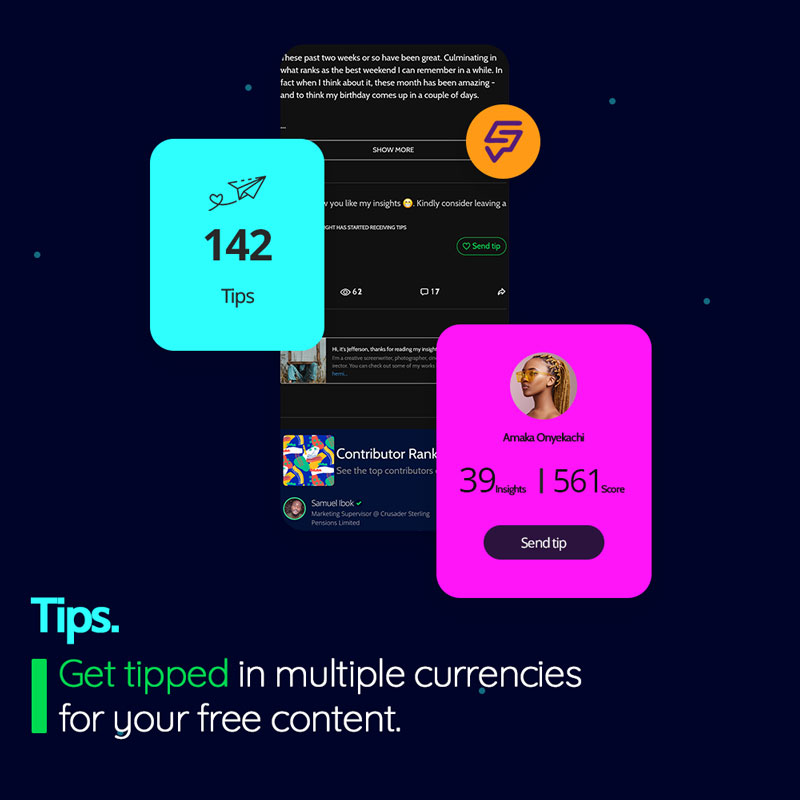
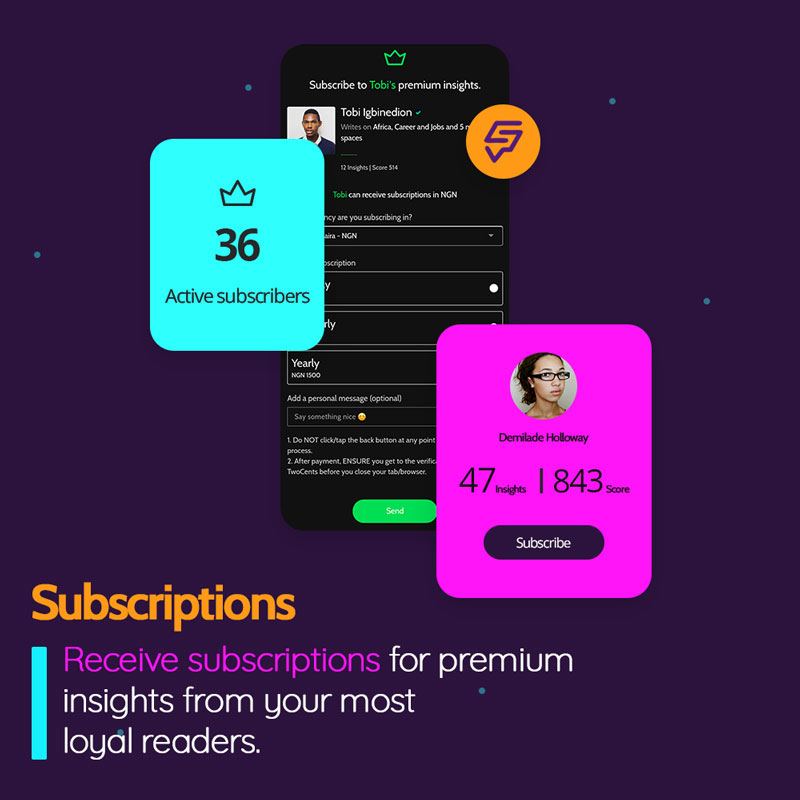


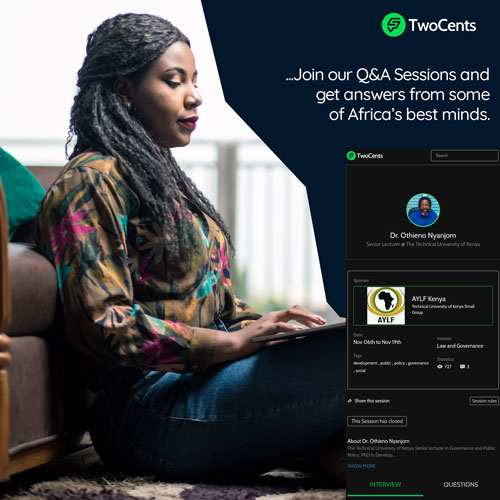
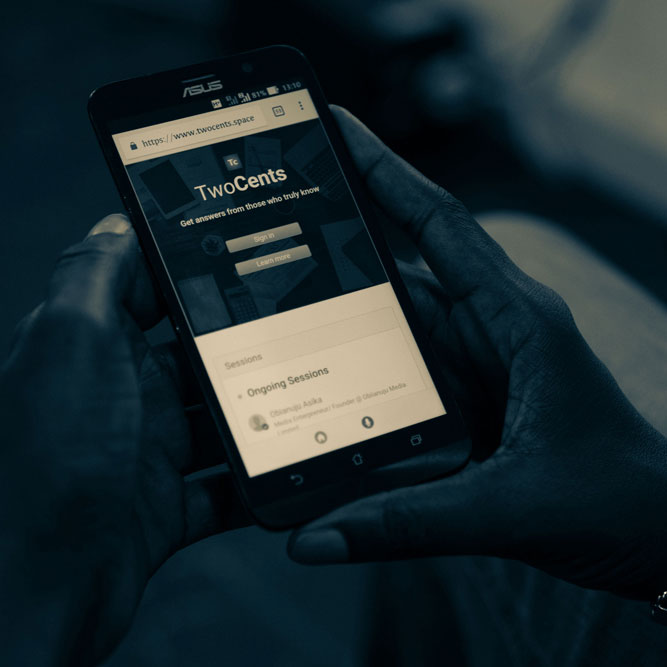
















Comments